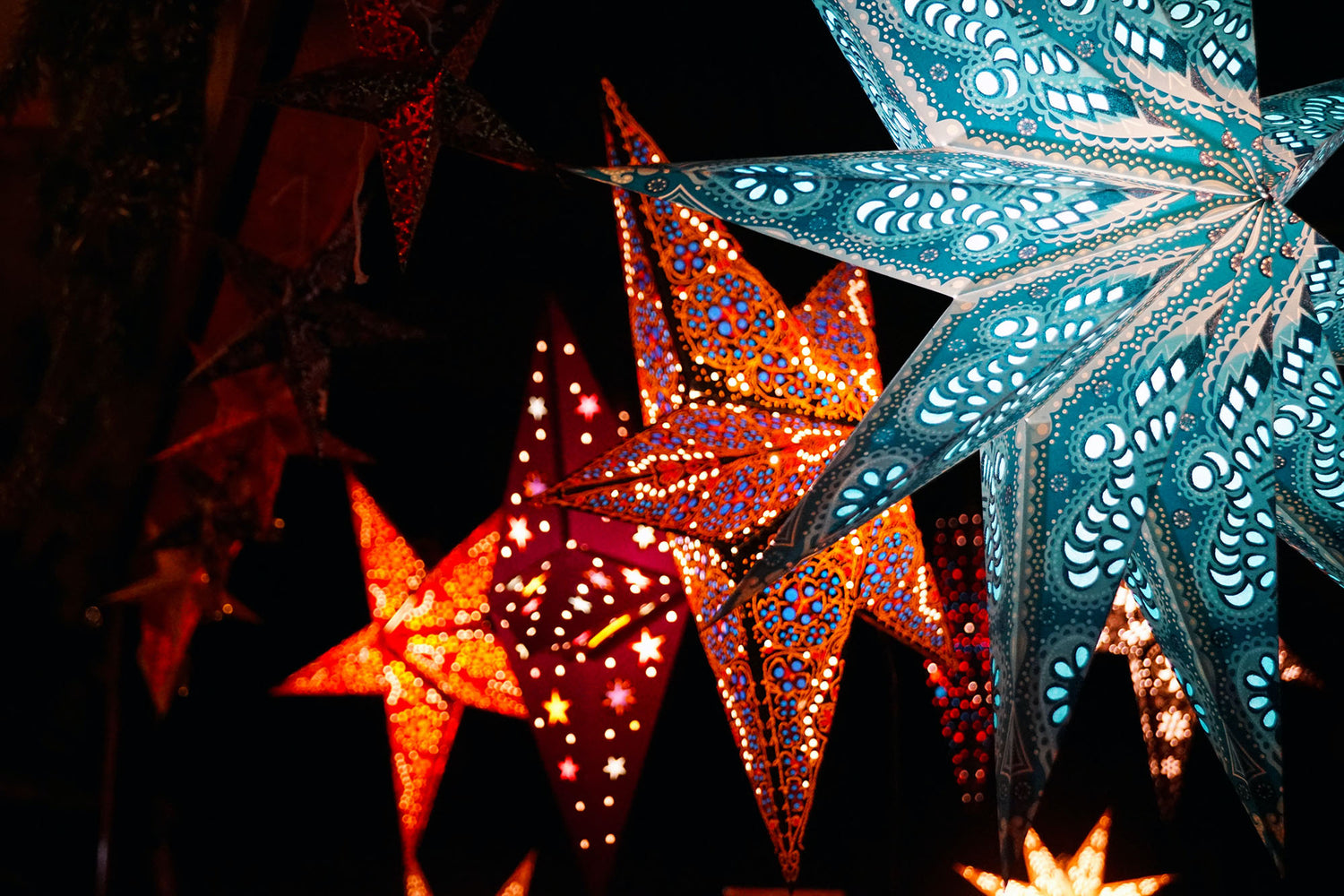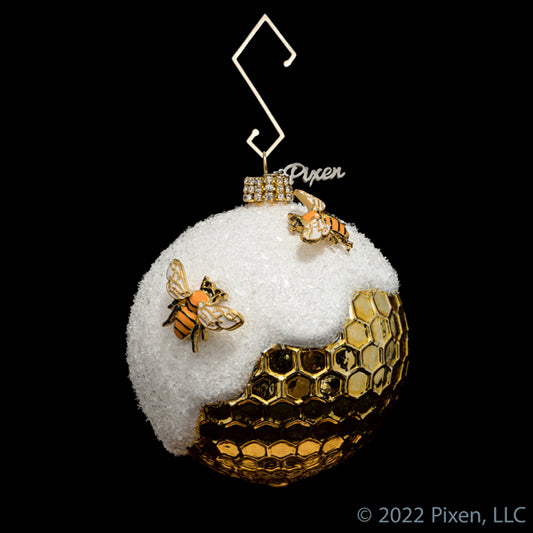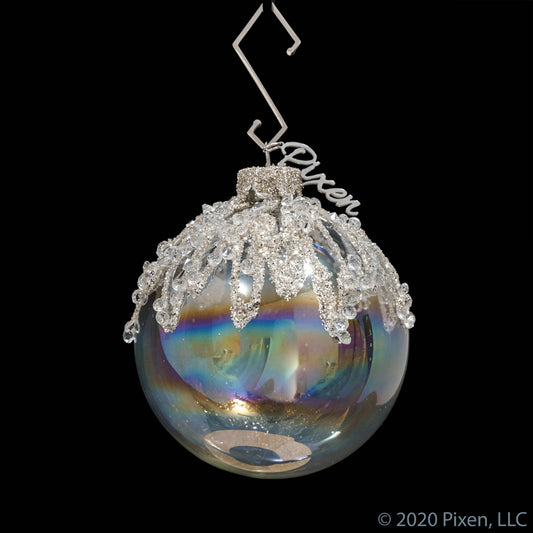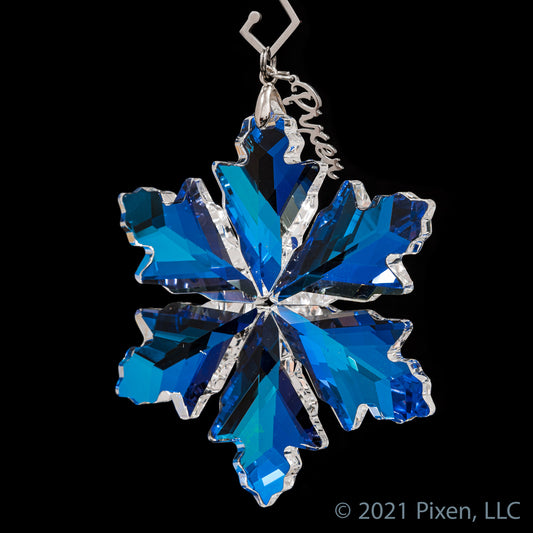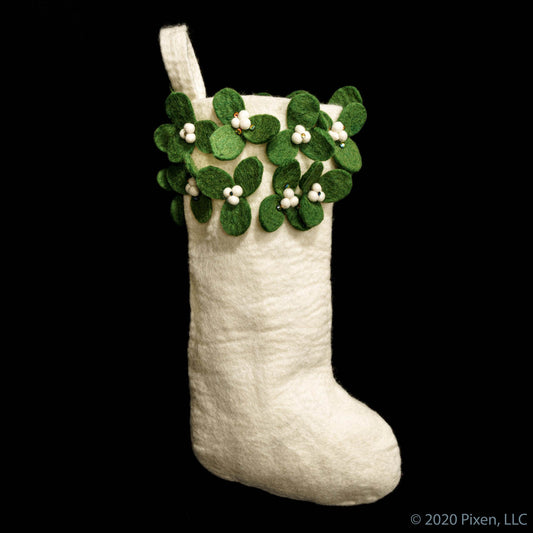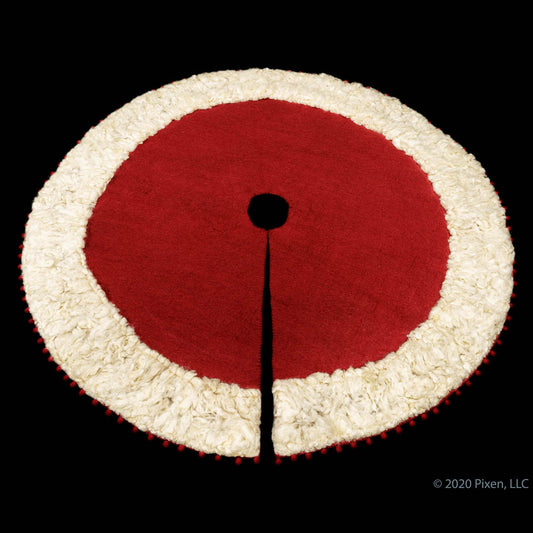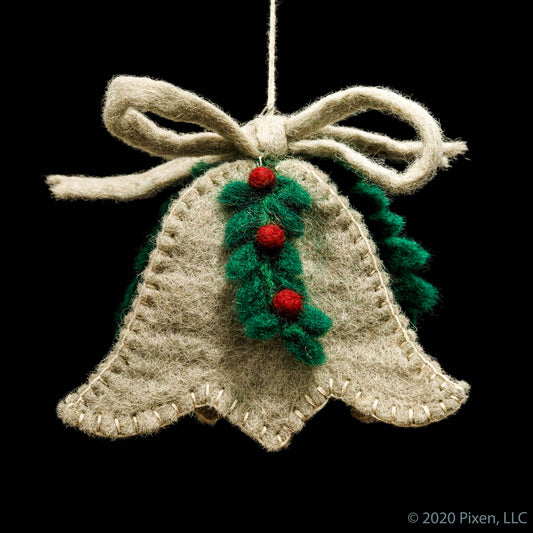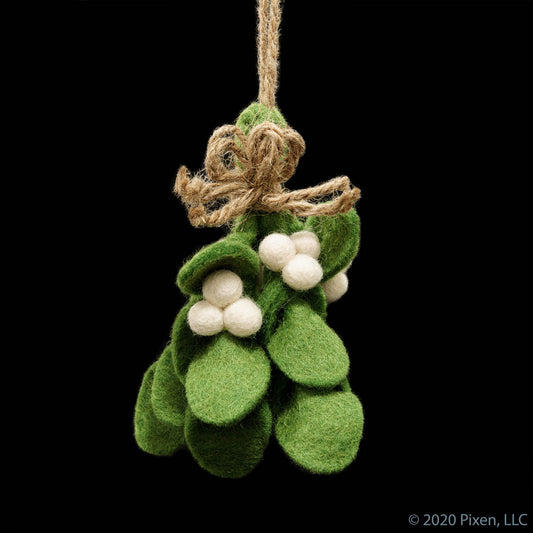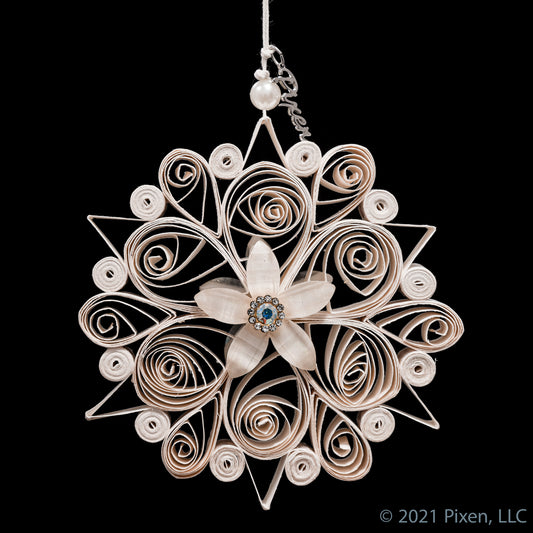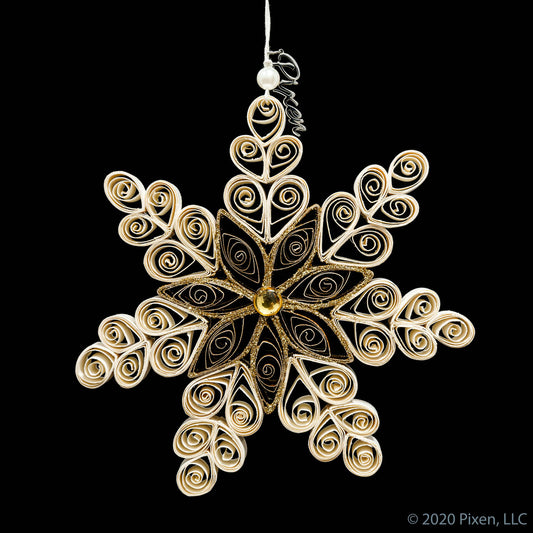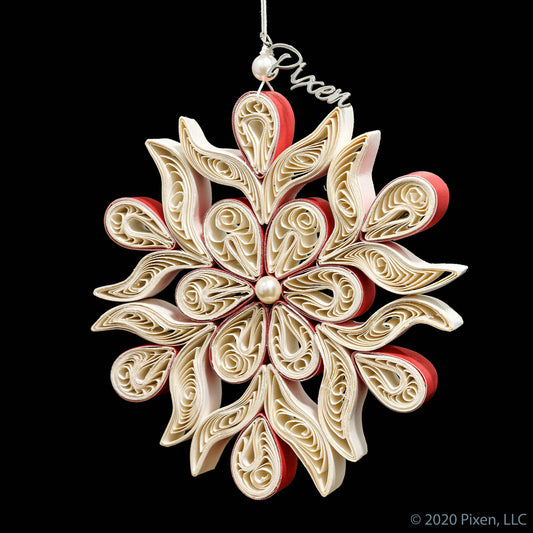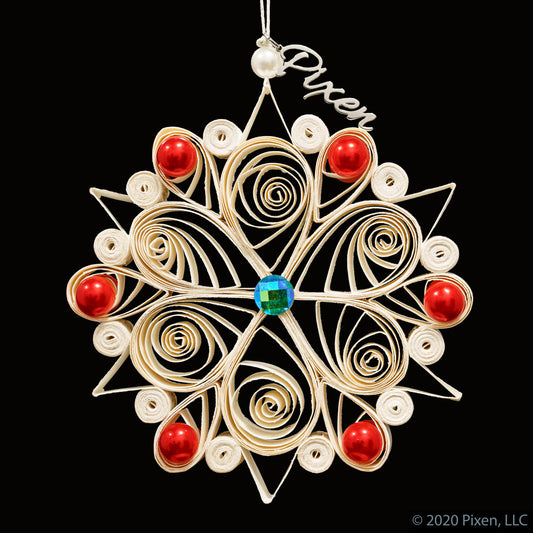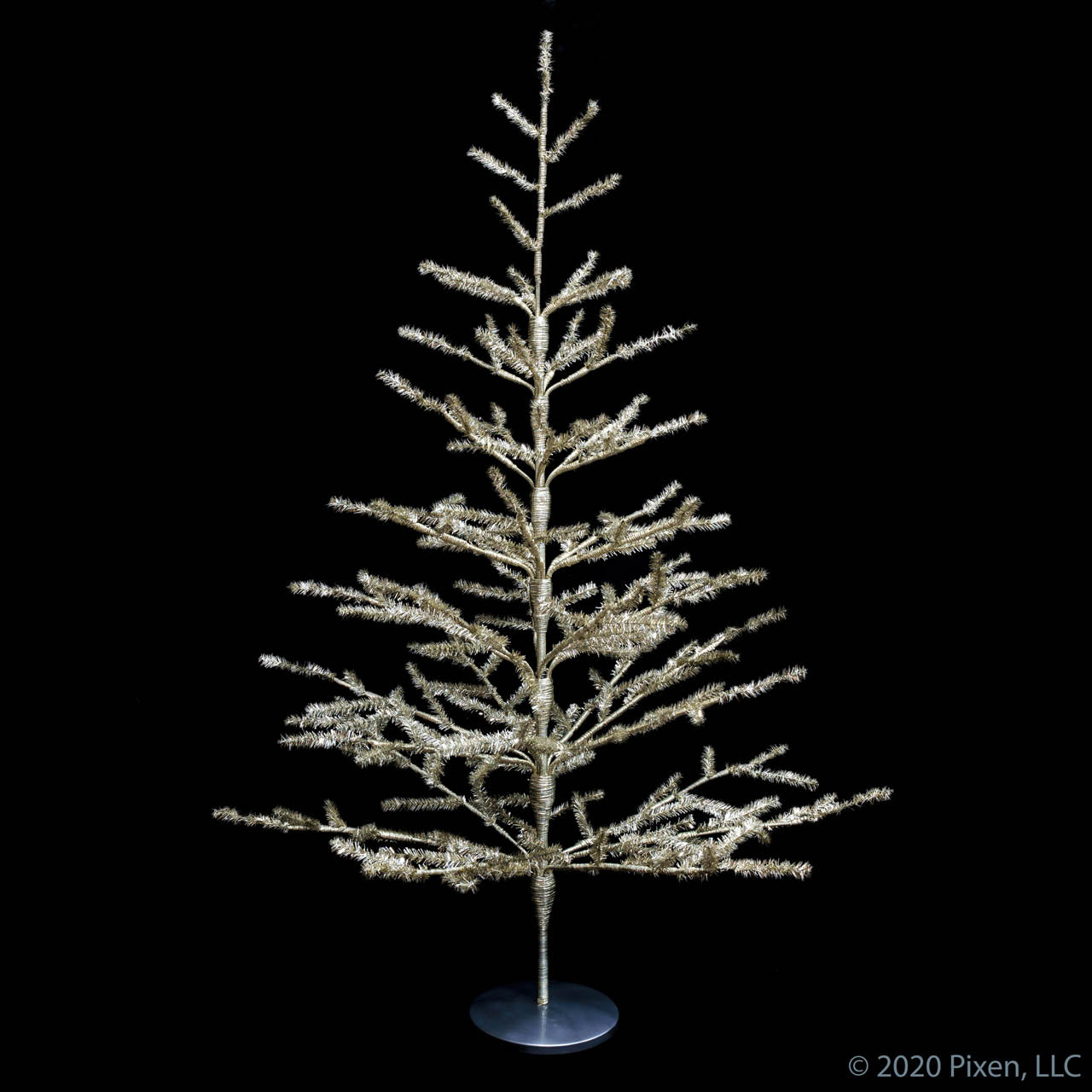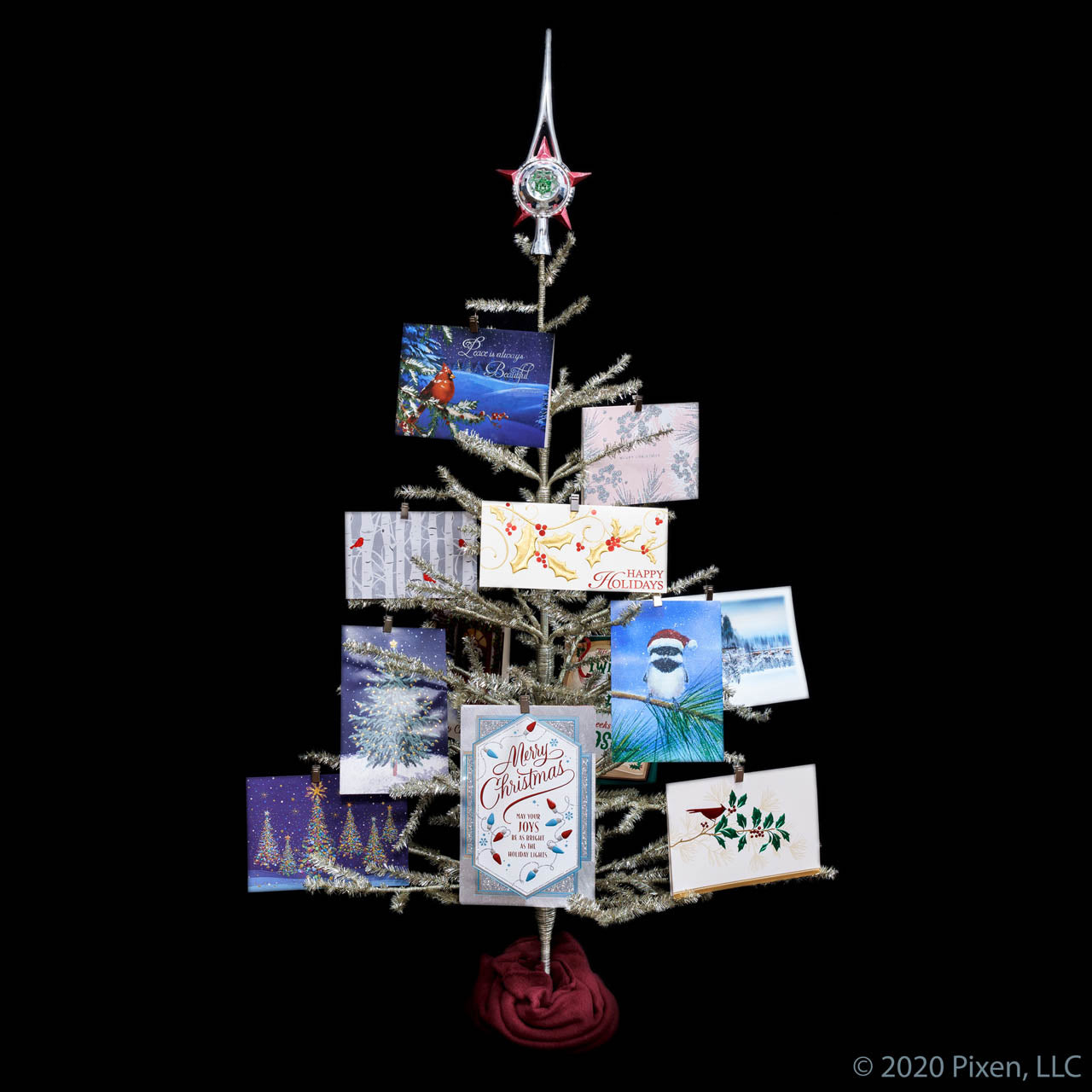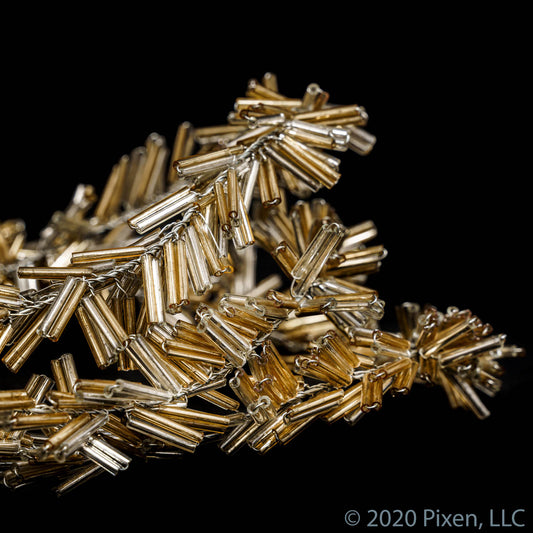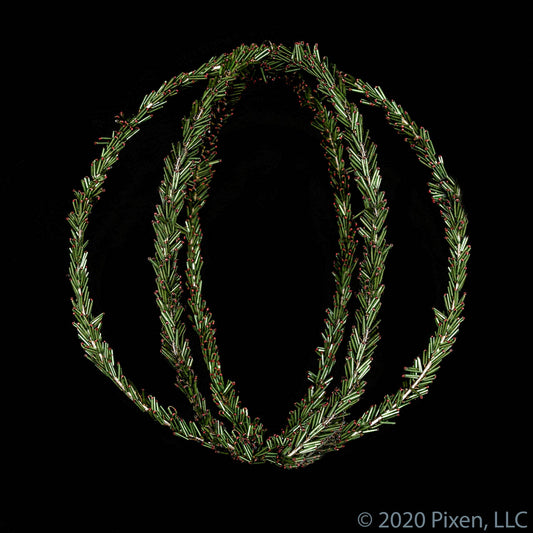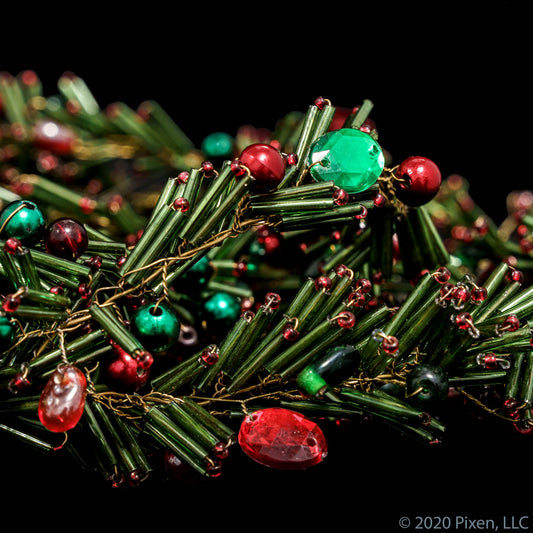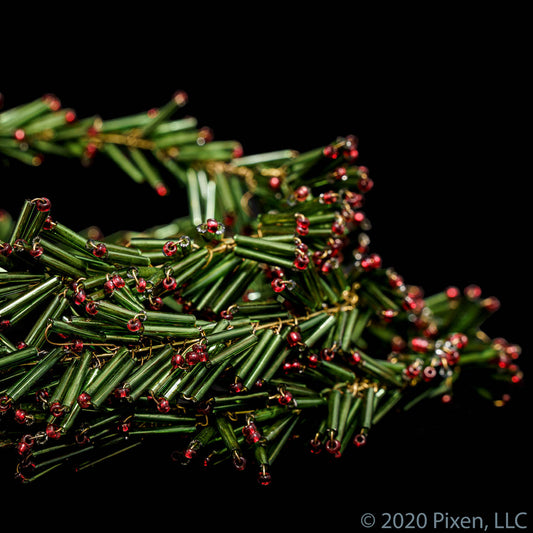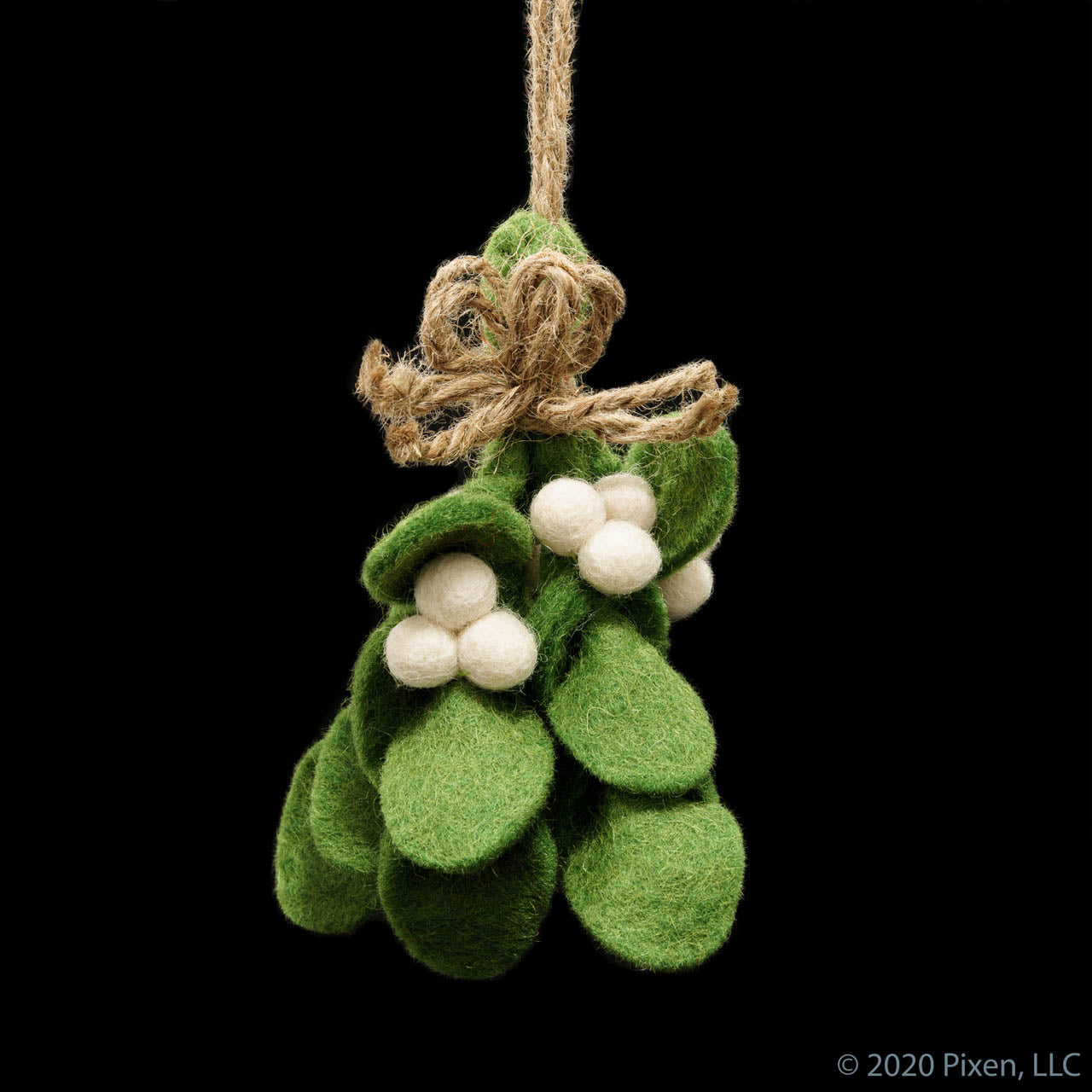The History of Christmas Ornaments and Decoration
Outside, snow-laden branches, against the backdrop of a clear starry night. A tree glints with light reflected from tiny icicles dripping from the green tips of a fir tree. Inside, an elegant great room is decorated in wreaths, trees ornamented with glass orbs and golden tassels, and an abundant stack of carefully wrapped gifts spills out from under the largest tree in an elegant sweep leading the viewer’s eye to a table bedecked with foodstuffs and drink - wine for the adults and hot cocoa with marshmallows for the kids. Is this the setting for the next holiday rom-com? Possibly, but it is also the result of the history of Christmas decor and ornamentation as developed over hundreds and thousands of years of human history. It could just as easily be the setting for your company holiday “white elephant” gift exchange, the Christmas party at your church, your annual family gathering hosted at the matriarch or patriarch’s home, or even the setting for photos with Santa at your local shopping destination.
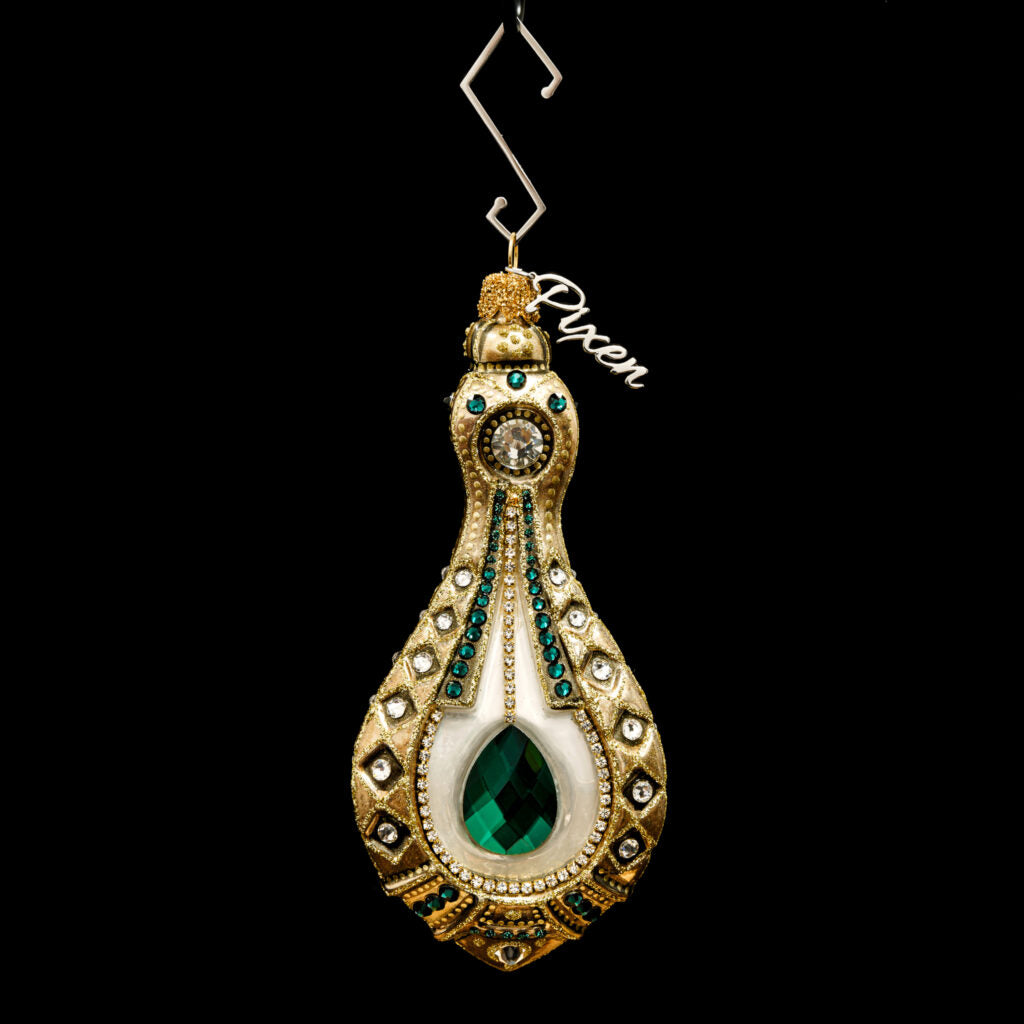
Ornaments
Where did Christmas Ornaments Come From?
Where did Christmas ornaments come from?
The Romans and Egyptians decorated homes and trees with suns, deity symbols, and greenery. These decorations, and their accompanying celebrations (some carried over the line into debauchery) are but two examples of the deeply rooted human tradition of celebrating the change in the season and the promise of new life to come. In Europe, the tradition of ornamentation is first recognized in Germany with the decoration of evergreen branches with fruits and nuts. This tradition is first recorded in the 1600’s, but likely goes back much earlier.
Hand blown glass ornaments, initially called baubles, were designed and crafted by Hans Greiner in Lauscha, Germany in 1847. The ornaments came out of a glassworks founded by his grandfather and Christoph Müller in 1597. Greiner’s earliest ornament designs mimicked the natural world, initially taking the form fruit and nuts. Over time, these natural forms were abstracted, becoming spherical and taking on more of the qualities of the egg and orb shaped ornaments we see on classic Christmas trees today.
Pixen Custom Ornaments
-
Bee Egg Ornament
Regular price $40.00 USDRegular priceUnit price per -
Honeycomb Snow Bee Ornament
Regular price $70.00 USDRegular priceUnit price per -
Narvi by Pixen
Regular price $15.00 USDRegular priceUnit price per -
Krystal Snowflake, a Crystal Ornament by Pixen
Regular price $35.00 USDRegular priceUnit price per
How are hand-blown Christmas ornaments made?
The finest holiday ornaments utilize all of these techniques resulting in custom-crafted decorations of heirloom quality that can be enjoyed for generations to come.

Oh Tannenbaum
Did you know that Christmas Trees didn't appear in America after the Puritans landed? The fashion for Christmas trees didn't hit until much later, and was inspired by an image of a tree decorated for the Queen of England quite like this one.
How did decorated Christmas trees make it to the rest of Europe, the US, and the world?
Descriptions of publicly decorated Christmas trees go back to 1747. German settlers in the area that became Pennsylvania brought the tradition with them from the Old Country based on Lutheran traditions. But Lutherans were not the only denomination bringing their heritage with them. Puritans, the settlers who left Europe to escape oppression had their own ideas about what others should and should not do.
“Pagan mockery,” is what William Bradford called all holiday decorations. Scuffs over faith, tradition, and public celebration were clearly not limited to Roman times. The puritans set out to ban celebrations and frivolity around something they considered a somber and sacred time. Massachusetts even enacted a ban on observance of the holiday outside of church attendance, going so far as to fine those who decorated.
During the 1800’s, as transatlantic immigration picked up steam due to the advancement of ocean liners and coal-powered engines, Irish and German populations outnumbered Puritan stalwarts and the laws penalizing celebration and decoration were revoked.
But simply revoking these extreme regulations didn’t immediately result in Santa coming to every hearth and home to sneak presents under the tree and to pack every stocking with goodies (or to drop off a lump of ocean liner coal for each of the “bad” children). Christmas decor required royal intermediation.
Queen Victoria and Prince Albert were popular royals, in part because their wedlock came from modern values - they fell in love instead of joining homes in the hopes of establishing greater power. They also actively advocated for a new, modern vision for the United Kingdom based in technology and innovation.
Because of this, all eyes were on the royals. When they were sketched in1859 by an artist for the Illustrated London News before a Christmas tree glowing with light and glistening with the sparkle of refined ornamentation, it could not help but become all the rage - across the pond in America, as it did in London.
"Britain’s Queen Victoria was said to be quite taken with the tradition of baubles and brought them from Germany to Europe in the mid to late 1800s.”
In a mere 30 years, by the 1890’s the import market for German designed and manufactured ornaments made of hand-blown glass and other materials reached $25 million.
And those ornaments weren’t all glass. In fact, a full range of materials including formed paper, cotton, wool, glass, crystal, metal and wood have all been used as materials for the crafting of fine and mass-produced holiday decorations. Here are some of the materials that have become a part of the history of Christmas Decor and Ornamentation.

Holiday Decorating Materials
The history of materials spans from the exotic to the mundane. One fascinating feature of holiday ornaments is that sometimes it's not the stature of the raw material, but what is done with it that creates the Christmas spirit of wonder and awe.
Cotton and Wool Christmas Ornaments
Of course, for the kids, some of these ornaments were crafted to hide a piece of candy. Wrapped in the batting, or hidden in a paper box crafted into the form, these sweets could be accessed by either tearing the form apart or delicately finding the candy and removing it from its secreted place.
Today, fine fiber-formed ornaments utilize organic wool, a sustainable, high quality and long-lasting material. Wool has been the ideal material for House of Pixen Snowball ornaments, Fallen Snow tree skirts, Woodland Stocking, Woodland Bell, mistletoe and more. These Christmas decorations just beg viewers to reach out and touch them.
Shop our Fiber Based Products
-
Mistletoe Christmas Stocking by Pixen - LIMITED STOCK!
Regular price $40.00 USDRegular priceUnit price per -
Claus Christmas Tree Skirt by House of Pixen
Regular price $250.00 USDRegular priceUnit price per -
Woodland Bell Wool Christmas Ornament
Regular price $24.00 USDRegular priceUnit price per -
Mistletoe Hanging Christmas Decor by Pixen - LIMITED STOCK!
Regular price $24.00 USDRegular priceUnit price per

Refined craft - accessible materials
Sometimes the most simple material can be crafted to have the greatest impact. That is the case when it comes to classic paper Christmas ornaments.
Paper Chrismas Ornaments
When FW Woolworth began importing Christmas decorations produced overseas in Europe he included a selection of paper ornaments among the glass baubles, painted tin, fabric stockings.
Garlands made of paper rings quickly became a low-cost way to add color and movement to a decorated tree. In addition to garlands, three-dimensional “Dresdens” named after the German town where they originated, were commonly sold for just a few pennies. Dresdens were made by placing card stock, thick paper or cardboard into a press mold. Two sides were made, then trimmed and glued together. The paper forms were then painted and decorated with metal foils or other adhered materials.
Carrying on the tradition of crafting ornaments in paper, The House of Pixen presents a line of finely crafted paper decorations. These ornaments depict delicate, abstract forms, candles, snowflakes and flowers. Celebrate the season with a collection of hand-crafted ornaments that bring forth both contemporary elegance and a nod to tradition at the same time.
Hand Crafted Paper Ornaments
-
Bernadine 2 hand crafted paper Christmas Ornament by House of Pixen
Regular price $35.00 USDRegular priceUnit price per -
Mary Catherine by House of Pixen
Regular price $40.00 USDRegular priceUnit price per -
Leanza by House of Pixen
Regular price $40.00 USDRegular priceUnit price per -
Bernadine Paper Christmas Ornament by House of Pixen
Regular price $35.00 USDRegular priceUnit price per

The Majestic Fir Tree
Fir is the traditional tree of Christmas, but synthetics and even metal and tensel trees make decorating a breeze.
The Christmas Tree
The fir has carried religious significance since at least the festival of Saturnalia among the Romans, and it entered the Christian cosmology in Northern Europe during the 1500's as a symbol of the trinity and eternal life with God. Earlier cultures believed the evergreen bough was capable of warding off illness and evil.
German Lutherans attributed the origin of the Christmas tree to Martin Luther himself, describing a story in which the reformer was walking home at night, in the snow, under a cloudless, starry night. As he walked past a copse of evergreens, he caught sight of the sparkle of the stars through the trees, as though the light were dancing among the boughs.
Inspired by the biblical story of the star that led the Wise Men to Bethlehem and wanting to demonstrate the beauty he saw that night, Luther brought a pine tree into his home, decorating the branches with candles to replicate the scene.
Whether or not this story is true in whole or in part, the Lutheran community took up this tradition. Another telling posits the origin of the Christmas tree in the 11th century “Paradise trees” which were evergreens decorated with apples in religious plays that depicted the Tree of Knowledge in the story of Adam and Eve. Another contributor was a small pyramid-shaped wooden frame that was decorated with glass, tinsel and topped with a candle called the “Christmas Light.” The Christmas light symbolized Jesus as the light of the world. In this telling, it was together that these traditions melded into the Christmas Tree we know today.
Certainly by 1539 these traditions had evolved into a public ornamented and lighted tree at the Cathedral at Strassburg beginning in 1539.
Christmas trees in 1800’s America were usually created by German immigrants from the materials available to them of the day. Popcorn strings were an American addition, combined with traditional decor such as apples, nuts, cranberries, paper garlands, metal and, of course, candles.
By the 1920’s the Christmas Tree was firmly instilled in American symbology. President Coolage lit the first National Christmas tree in 1923, a tradition that has continued to this day. Pressing the button himself to great fanfare, attendees saw a 48 foot fir tree become illuminated with the glow of more than 2000 electric lightbulbs, themselves a symbol of American progress. Rockefeller Center didn’t get into the public tree lighting game until, on a Crisp December day in 1931, a construction crew at work on the Center grounds collected funds amongst themselves to purchase and erect their own 20 foot tree. The Center made a tradition of it in 1933 and Rockefeller Center, along with its seasonal ice rink, have become a go-to location for residents of Manhattan and tourists alike.
In the 1950’s we saw the advent of the artificial tree, including those made of metal and tensile. This modernist, simple and refined tradition carries forward with the House of Pixen exclusive Silver tinsel Christmas Tree carries forward the midcentury modern design features such as simplicity, elegance, and a focus on a blend of modern manufacturing and human ingenuity.
HouseOfPixen
Silver Tinsel Christmas Tree by House of Pixen for Modern Holiday Décor
Share


Christmas Wreaths and Greenery
Nonetheless, the wreath has remained an important symbol from antiquity on. During the 1500’s revelers in Europe took the branches clipped from decorative trees, fashioning them into a circular form to represent the circle of life. These wreaths were hung atop the tree - the first tree topper. Over time, these wreaths were moved from the tree to doorways, mantles, and gates as a symbol of welcome and joy.
The House of Pixen draws from the wreath and greenery in numerous ways. Our Bugle Bead Spheres recall the early use of greenery to celebrate the eternal cycle of life.
Wreaths are used to celebrate many holidays. Our Easter and Christmas ornaments display with elegant style framed in our Easter Wreath Stand. For Christmas display, simply change out the bow.
Bugle bead strands make for classy, elegant decor. String them along mantles or incorporate them as one element within a wreath design of your own making.
Greenery and Wreaths
-
Bugle Bead Christmas Garland by Pixen in Silver and Gold
Regular price $30.00 USDRegular priceUnit price per -
Bugle Bead 12in Decorative Christmas Sphere by Pixen
Regular price $35.00 USDRegular priceUnit price per -
Christmas Chunky Bugle Bead Garland by House of Pixen
Regular price $30.00 USDRegular priceUnit price per -
Bugle Bead Holiday Garland by Pixen in Green
Regular price $30.00 USDRegular priceUnit price per
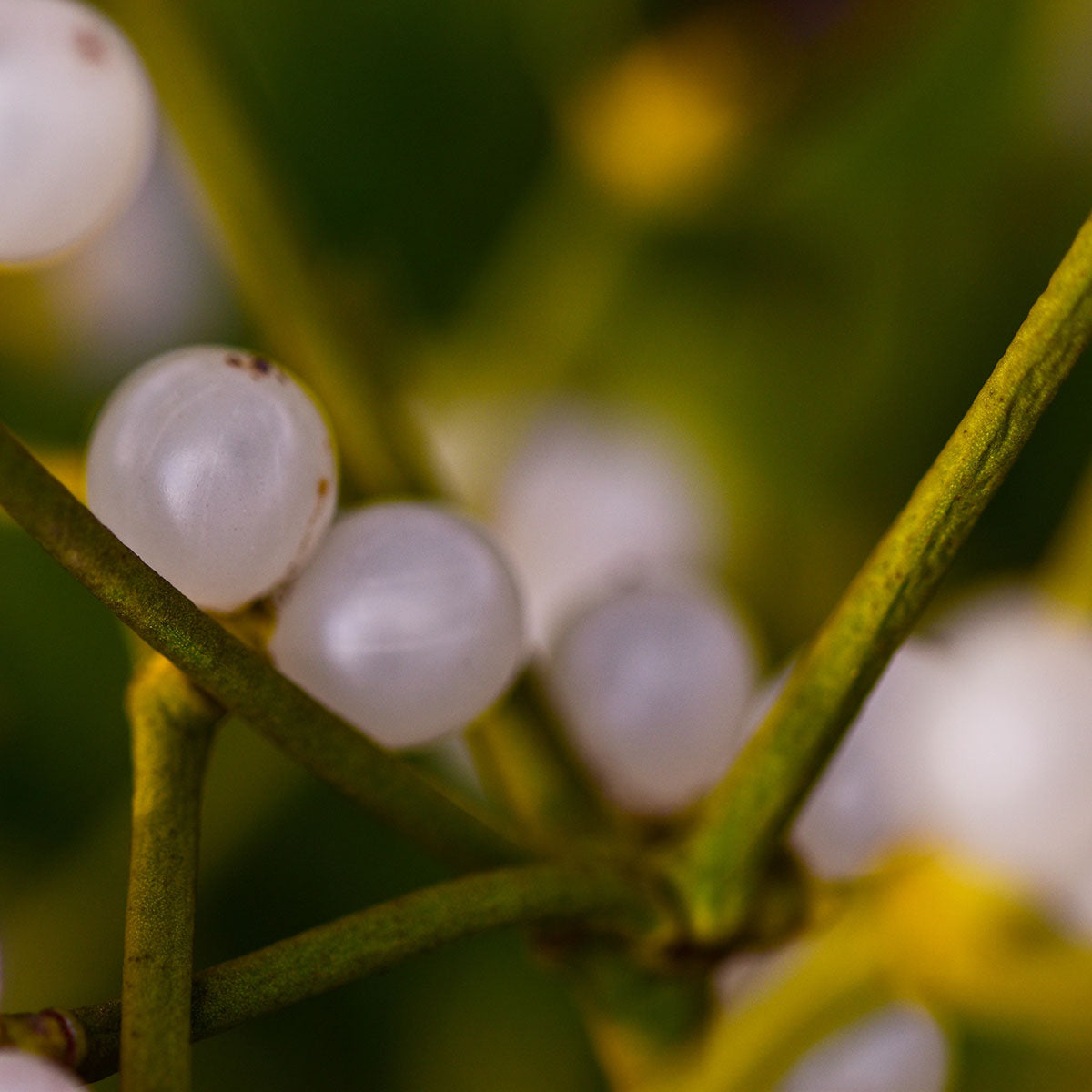
Mistletoe Berries
These white berries became an important part of seeking a peck under this traditional holiday decoration.
Mistletoe
What eligible bachelor or bachelorette doesn’t want to steal a kiss under the mistletoe? This tradition spans time from prehistory to today. Mistletoe was seen as a symbol of fertility in ancient times and was incorporated into the pantheon of Christmas symbols during the 1700’s. It was English servants who instilled the tradition of, if not a full-on snog, at least sneaking a peck from your prospective love beneath a sprig of this elegant plant.
To constrain festivities from turning the corner into utter bacchanal, one set of instructions required the kisser to pluck a white berry from the sprig. When the berries disappeared the kissing must end. Invariably, a rule-bound governess would likely hover in the wings to ensure compliance with strict, or almost strict decorum. Singing, feasting, exchanging gifts and light conversation were the proper activities for the rest of the evening.
For the cause, we offer this hand-crafted wool Mistletoe sprig. Unfortunately, revelers must use their own discretion and recognize the consent of the subject of their ardor, as no berries can be plucked from our woodland-inspired mistletoe.
HouseOfPixen
Mistletoe Hanging Christmas Decor by Pixen - LIMITED STOCK!
Share
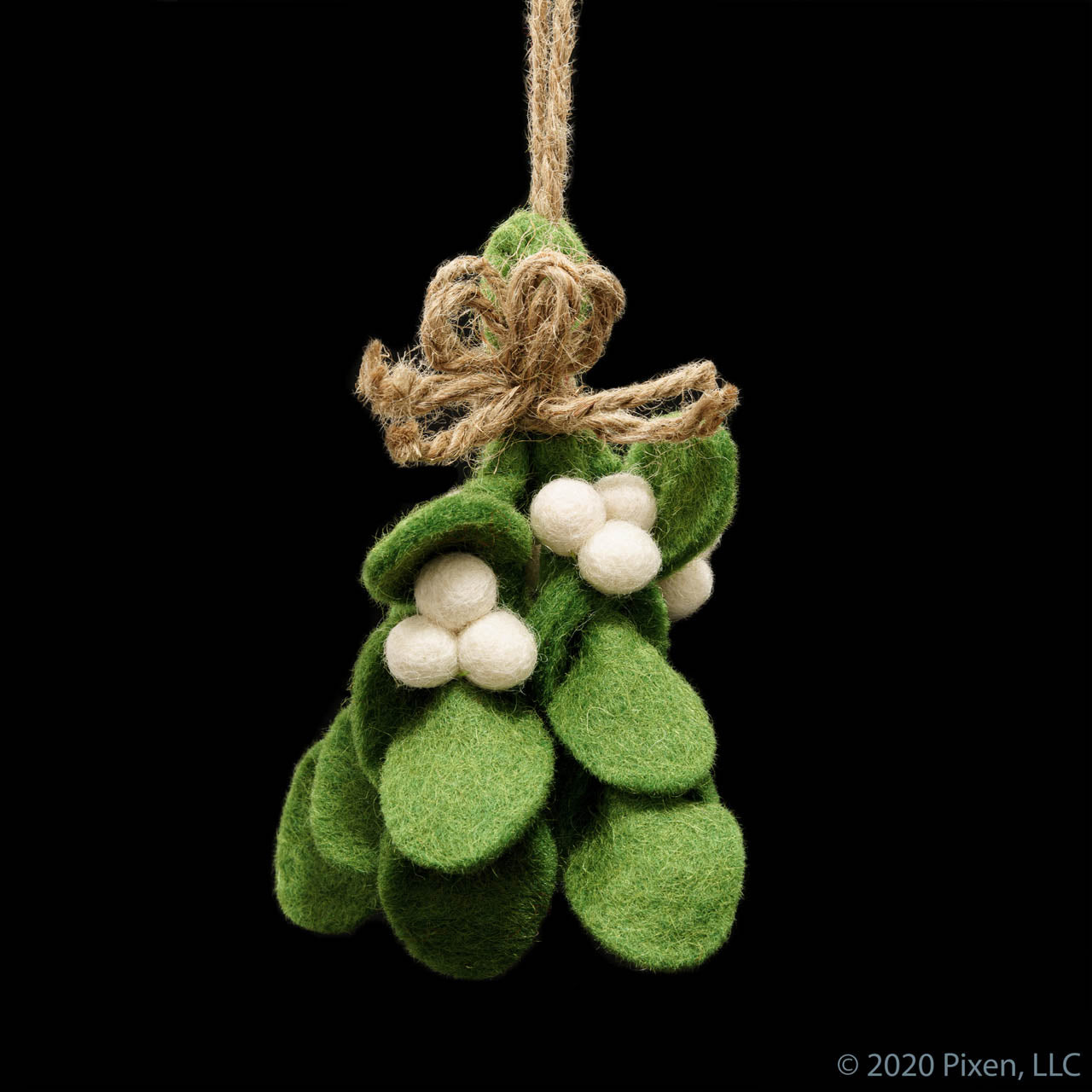
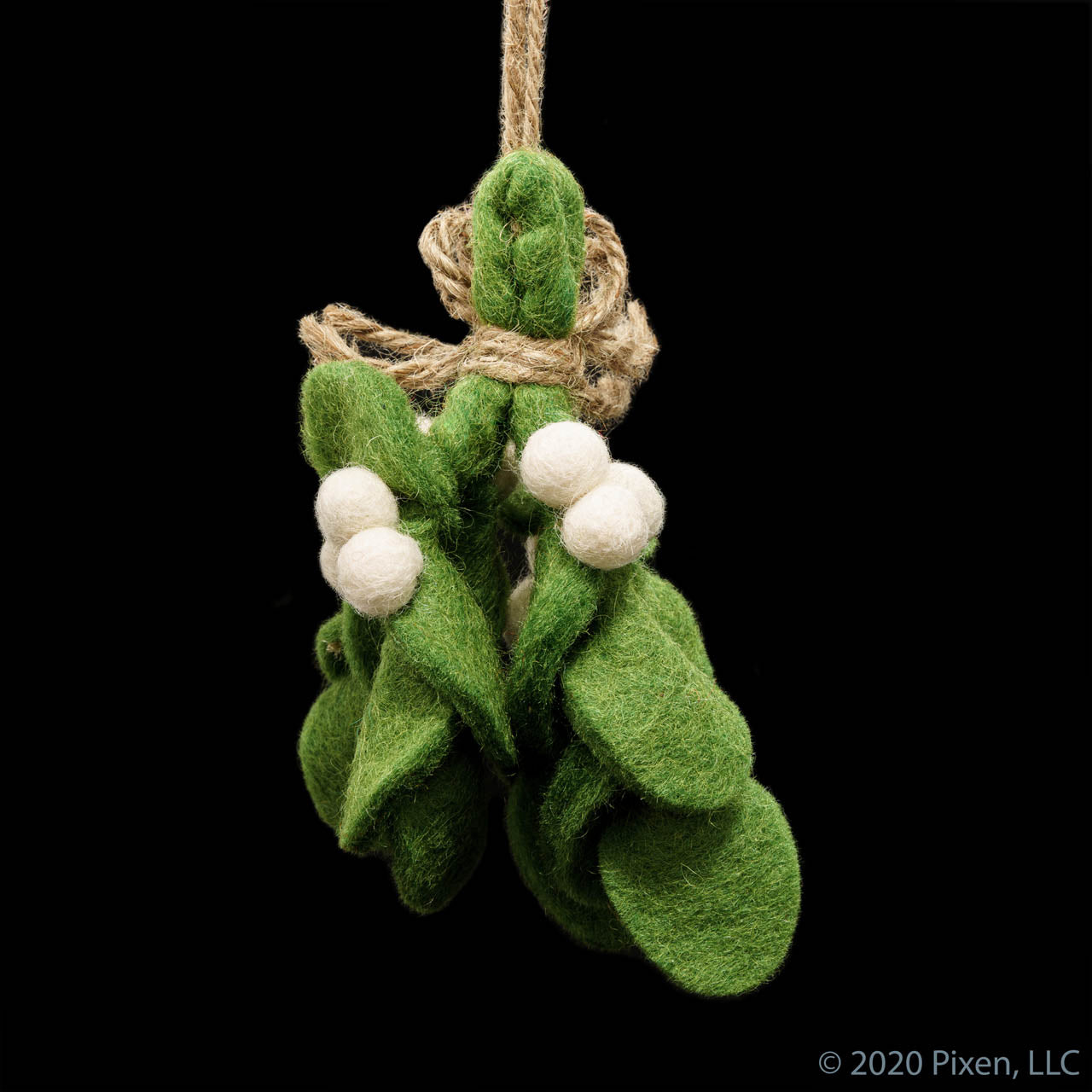
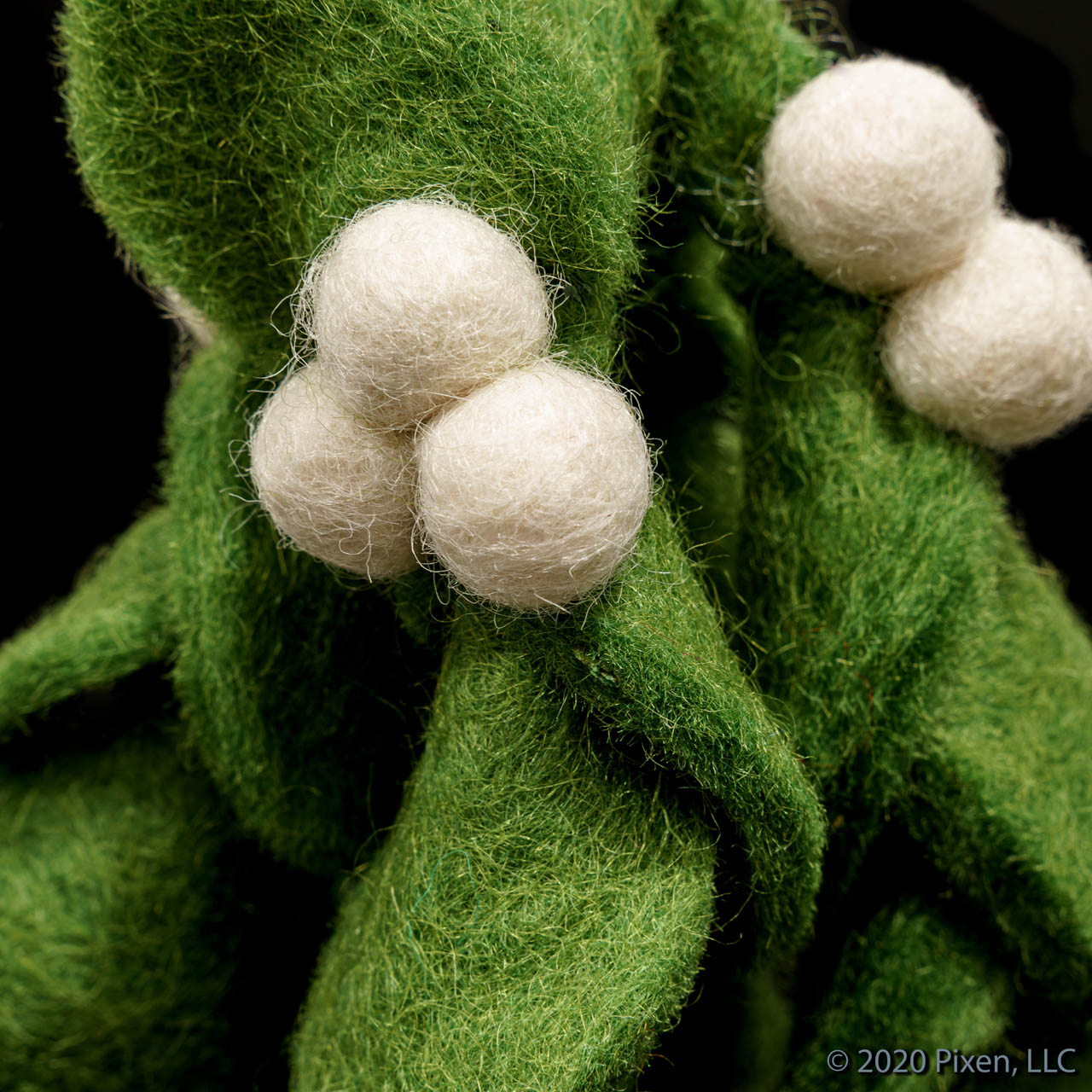
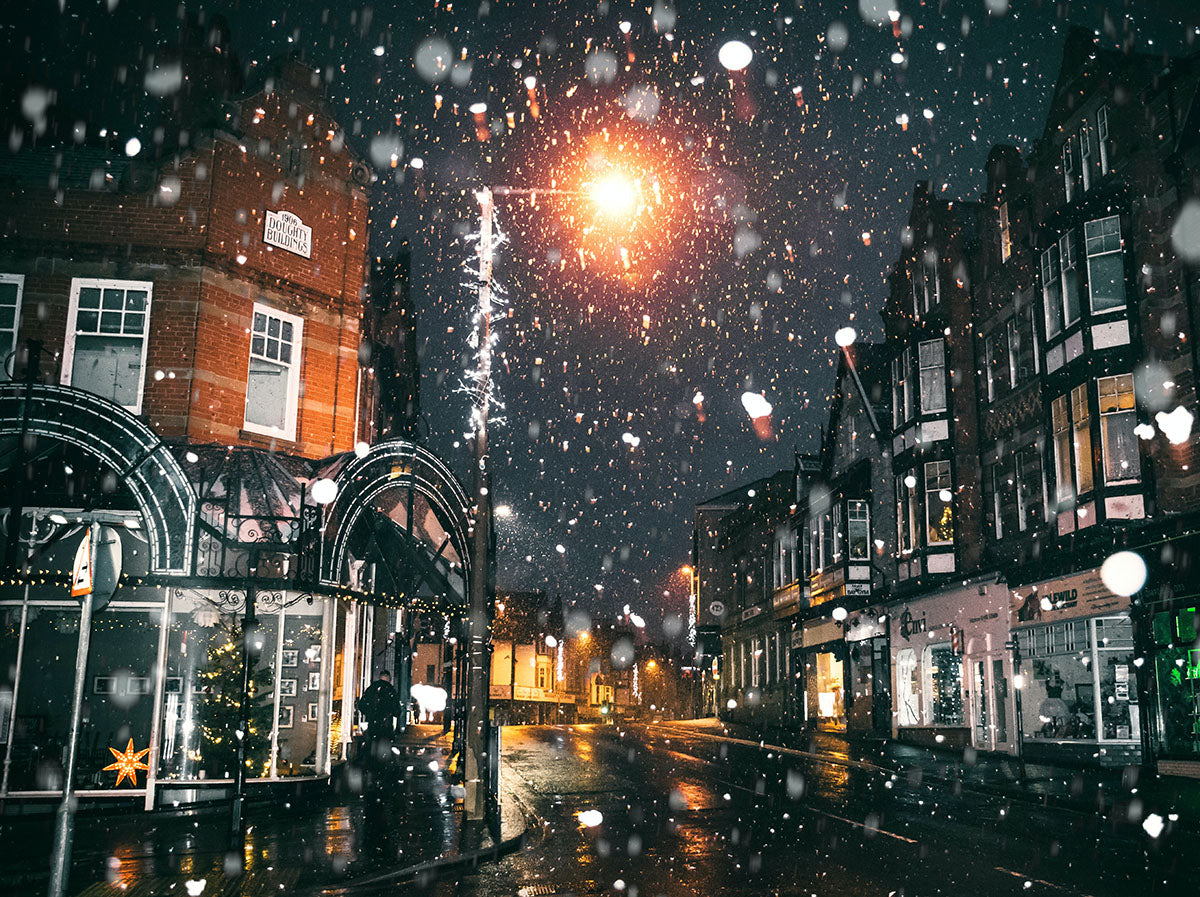
T
Pair text with an image to focus on your chosen product, collection, or blog post. Add details on availability, style, or even provide a review.
How many Christmas tree fires were started by candles?
A new way of bringing the symbol of starlight to Christmas trees was clearly in demand. Thomas Edison created a string of lights, used to invigorate his lab with a row of light rather than just a single source. Howard Johnson, then president of Edison electric, expanded on the idea, designing a string of lights in 1882 to be wrapped around a tree. The team, under Edison’s direction, refined the design over 8 years, finally bringing a product to market that was featured at the White House lawn in 1923 by president Calvin Coolidge, becoming all the rage among those well-heeled enough to own the custom, hand-wired strings of light.
And Even More Holiday Decor
Holiday decor? Even more!
Tinsel

One of the most important features of a classic Christmas Tree is that it glint, glisten and gleam in the light. Tinsel, which today is most often made of synthetics like PVC, has been on a long journey. In its earliest form, in 1610 at Nuremberg, tinsel was made of silver, hammered flat and cut into strips. Silver was a precious metal and adding it to a tree represented the wealth of the owner or sponsor of the tree design. To make a marketable commodity of this popular addition, less costly materials like tin (hence the name ‘tin’sel) and copper were used to create the decorative strands. Aluminum made an appearance, but due to its flammability, that didn’t last long. Finally, machine-manufactured PVC materials filled the mass market gap, resulting in the materials we see most often today.
For a truly custom tree, the House of Pixen uses classic materials like glass beads, crystal, and metal wire to create holiday decor with the quality to last generations. Add sparkle to your tree this year with these decorations.
Star
 In the origin story of our beloved holiday, three wise men followed a celestial light: a star that led them to a manger in Bethlehem where a baby was born and placed in a manger. They suspected, but did not know, that this child’s story would change the world.
In the origin story of our beloved holiday, three wise men followed a celestial light: a star that led them to a manger in Bethlehem where a baby was born and placed in a manger. They suspected, but did not know, that this child’s story would change the world. The star is an important symbol on any Christmas tree and it can serve as a topper and as one decoration among many on the tree itself. Our star tree topper is carefully crafted out of a three-dimensional frame and decorated with thousands of glass bugle beads. Together, these materials catch and reflect the light, creating a unique ambiance over any other tree topper in the market.
Stockings
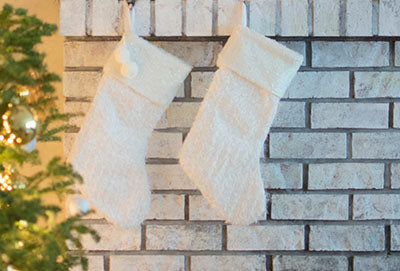
This particular story about Nicholaus reaches into flights of fancy that become the foundation for the story of Santa Claus. As it goes, St. Nick learned about a poor widower who was unable to scrape together the funds for a dowry to support the marriage of his three daughters to eligible bachelors. The man was proud, wanting to earn the money of his own merit, and refused all offers and gifts to fulfill the dowry. Not to be dissuaded, our patron saint snuck down the chimney at night, depositing the funds necessary into three of the daughter’s stockings which had been hung by the mantle to dry. The next morning, the family came upon the gold coins, and recognizing the blessing of a surprise, unrequested windfall, used the money to wed each of the daughters, securing their futures.
The stocking is a reminder that to truly gift is to give the recipient something that will fulfill a need, but that the recipient isn’t ready, willing, or prepared to ask for.
To recognize the importance of this gifting tradition, we’ve crafted high-quality stockings with the materials and feel to set the tone.
Try our stockings to make your mantle truly hung with care.
And a Very Merry Christmas to All!
Holiday decorations have always served two roles - private enjoyment and lavish display. We hope that your tree this holiday season can play this dual purpose, with decorations that are individually beloved yet assembled with a presentation that speaks to luxury and that can’t be found anywhere else. That is why we have taken so much care in designing and selecting only the right materials and creating limited quantities due to the craft and care involved in making each one.
Want to learn more about contemporary Christmas ornament trends? Read our article, "Are All Heirloom Christmas Ornaments Hallmark Designs?"

